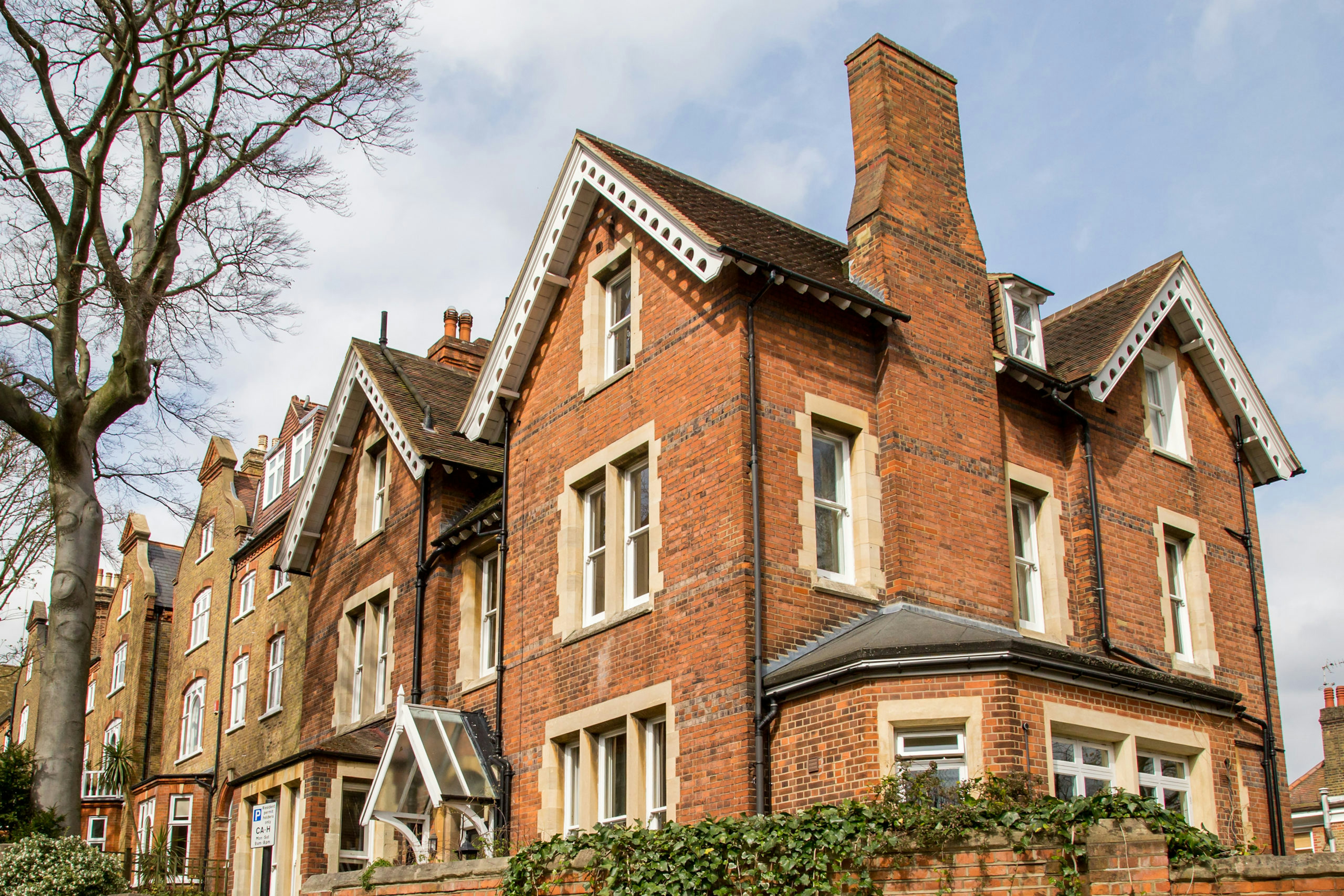Underinsurance in property - it's a risky business
By Alan Boswell Group

This article originally appeared in the summer 2019 edition of Telegraph magazine. Read it online now.
The myth goes, as long as the cost of a claim is below the sum insured, the claim will be paid and any undamaged buildings ignored within the calculation. This is incorrect. It’s only in the event of a claim that underinsurance is uncovered. Some people may not have heard the term underinsurance, nor understand what it means. Following a loss, the last thing anyone wants to hear is that they’re underinsured and the insurer is reducing their payment!
How to find out your value at risk
It’s the rebuilding cost of the whole property at the time of the claim, including:
Demolition
Landfill tax
Professional fees, such as architects and planning permission
It’s true that the rebuild value can often be far higher than the market value of the property, because the insurer has to pay for the cost of repairs in addition to any professional fees.
How it’s different to your sum insured
Underwriters calculate premiums based on the sum insured – it’s the limit payable under the policy. As the policyholder, it’s your responsibility to select the correct value. If you have to make a claim, the insurer will check the sum insured to determine whether an appropriate premium has been collected. If it’s deemed too low, the insurer is entitled to apply the ‘General Average’ condition, which can be found in most commercial and domestic policies.
When your sum insured is inadequate, the insurer can apply the rule of General Average to reduce their claims payment proportionately by the amount of underinsurance. If this happens to you you’ll have to bear a percentage of that loss.
According to a survey by valuer Barrett Corp & Harrington, more than 75% of properties they survey are underinsured. In 2018, they assessed £2.08bn worth of property. The result of their assessment was an additional 28% added to sums insured.
How it happens
It’s almost always accidental, but there are a few things to bear in mind to make sure it doesn’t happen to you:
Inflation
Accidental omission of items
Cost in reinstatement, for example if the building is listed
Here’s a different example of underinsurance; a policyholder has three buildings on their land, and they’re insured for a total sum insured of £300,000. A fire breaks out in one of the buildings and causes significant damage. The claim is reported to the insurer who appoints a Loss Adjuster to oversee the claim and determine if:
The value at risk (£300,000) is adequate to reinstate all three buildings
The loss is covered under the terms of the policy
The repair costs are fair and reasonable
While on site, the Loss Adjuster reviews each building to calculate whether the sum insured is adequate. They report back to the insurer that the value at risk should actually be £600,000. The insurer applies the general average condition. Upon obtaining estimates, the cheapest estimate for repairs is £100,000.Because the value at risk was only 50% insured, the insurer would pay £50,000 and give the policyholder responsibility for the remaining 50%.
Why it’s important to get it right
As you can see from the above example, it’s essential the sums insured are set at an adequate level to ensure underinsurance is not an issue in the event of a claim.
If you have buildings which you no longer use and you don’t want to insure them, that’s OK. However, you must inform you broker/insurer to make sure it’s noted on the policy. Otherwise, they’ll be included within the value at risk by the Loss Adjuster.
Sometimes buildings have been in situ for many years, and have never undergone an insurance rebuild valuation. We can offer guidance on your sums insured and arrange a buildings valuation by a RICS accredited surveyor.
Need help with your insurance?
Whether you need a quote, have a general enquiry, or want to talk it through over the phone, we're here to help.
Make an enquiry – general and locations
Related guides and insights

Are you underinsured?
Inflation. Rising material costs. A shortage of labour. In many cases, rebuilding your home will cost a lot more than its market value. We help you check whether you’re underinsured, and what you can do to make sure your home insurance is adequate.

Why stone-built houses could leave you underinsured, and what to do about it
When arranging home or landlord insurance, understanding your property's rebuild cost is crucial. However, recent claims data has identified that, due to their higher rebuild cost, stone-built properties are at a higher risk of being underinsured.

Your complete guide to underinsurance
Many policyholders unwittingly end up underinsured, leaving them considerably out of pocket. Here’s how to avoid underinsuring your assets and what the consequences are if you do.
